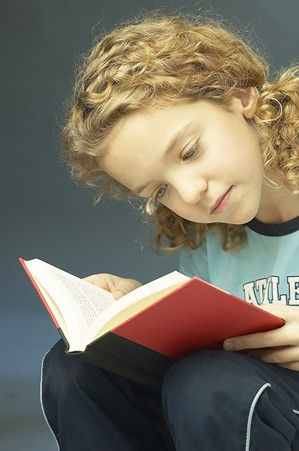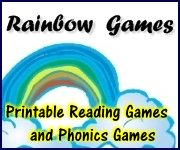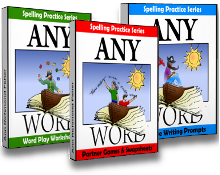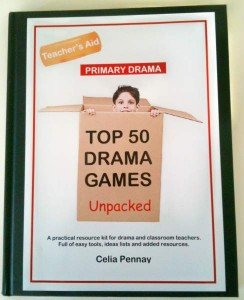Personal Narrative Stories: Your Students are the Starring Characters!
 Creating personal narrative stories offers a fabulous opportunity to review the elements of great storytelling. Through writing a personal narrative, each of your students can play a starring role! Use these three easy, step-by-step lessons to guide your kids in developing personal narrative stories with themselves as primary characters. Spread these activities over three days to get the maximum benefit. First, you'll review the elements of a story. Next, you'll discuss the traits of interesting characterization. Lastly, you'll help your students use these elements to craft enjoyable personal narrative stories, writing about themselves as the protagonists.
Creating personal narrative stories offers a fabulous opportunity to review the elements of great storytelling. Through writing a personal narrative, each of your students can play a starring role! Use these three easy, step-by-step lessons to guide your kids in developing personal narrative stories with themselves as primary characters. Spread these activities over three days to get the maximum benefit. First, you'll review the elements of a story. Next, you'll discuss the traits of interesting characterization. Lastly, you'll help your students use these elements to craft enjoyable personal narrative stories, writing about themselves as the protagonists.
Let's get started!
Lesson 1: The Elements of Narrative
- Step 1: Using short stories or novels you've read previously as a class, discuss the elements of narrative:
- character: the people or animals the story is about; usually there is a main character and supporting characters
- setting: where and when the story takes place
- conflict: the problem facing the main character
- resolution: the solution to the main character's problem; brings closure to the story
- Step 2: Have students silently read short stories you've chosen and identify the elements as they read. Then discuss findings as a class.
Now that your students have reviewed the elements of a story or narrative, tomorrow they'll focus more closely on characterization.
Lesson 2: What a Character!
- Step 1: Pre-select a short story or good picture book with interesting characters. Remind students that characters have unique traits. The more details the author shares about the characters, the more interesting the characters become to the reader.
- Step 2: Read the picture book or short story aloud to your class. As you read, encourage students to help you list traits or qualities that vividly describe the characters in the plot (ie, athletic, happy, sweet, curious, scared, worried, cowardly, etc.).
So far, you've reviewed the elements of narrative with your class, as well as the importance of strong characterization. Let's pull our knowledge together for writing personal narratives!
Lesson 3: Writing Personal Narratives
- Step 1: Review the past two days' discussions with your class. What are the basic elements of narrative? What kinds of descriptions make for strong characterization? Brainstorm with your students several real-life general problems or conflicts they've faced: someone getting lost, being scared, getting hurt, or losing something.
- Step 2: Using their knowledge of story elements and vivid characterization, instruct your students to create a narrative about a difficult event they've successfully negotiated and solved. Upon completion of drafts, ask students to work with partners for revision. Partners should look for evidence of each story element and a convincing verbal portrait of each student as the primary character. Revise and edit as needed.
Enjoy an authors' afternoon of read-alouds, with your kids as the main characters! For additional lessons on developing personal narratives, see this page.
Return from Personal Narrative Stories to Creative Writing Lesson Plans
Return from Personal Narrative Stories to Creative Writing Ideas and Activities
Helping You Write Across the Curriculum!
copyright 2009-2013 www.creative-writing-ideas-and-activities.com
Our Most Popular Pages
5. Writing a Personal Narritive
10. Elements of Persuasive Writing
Recommeded Resources:
AnyWord(TM) Spelling Practice Series!
Worksheets, games and activities to use with any spelling words. Three volumes in all!
Stop Essay Pain!
LitWorks.com
Resources to help students prepare for literature examinations.
Teach Kids Drama!








